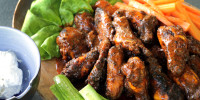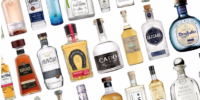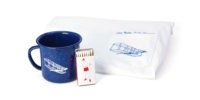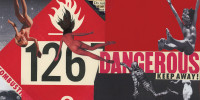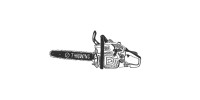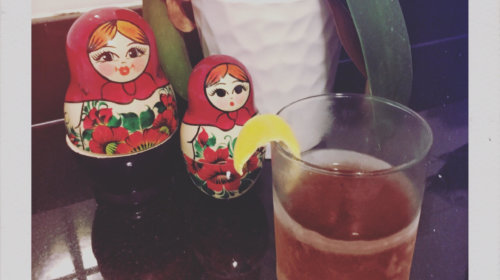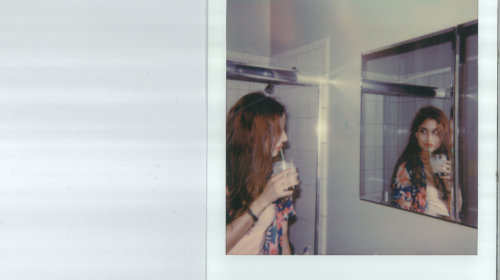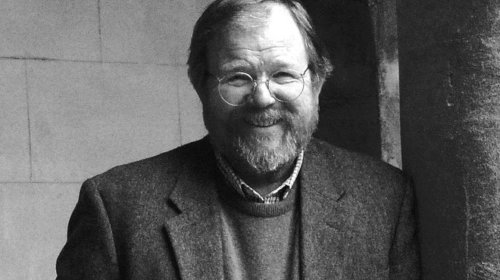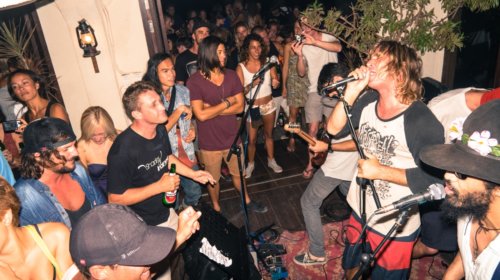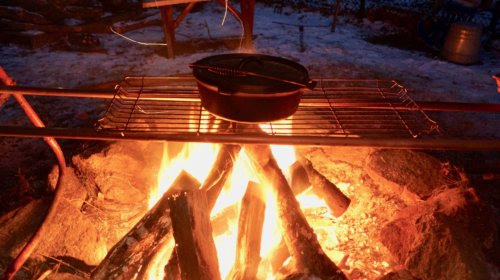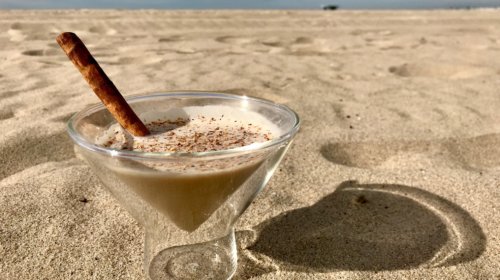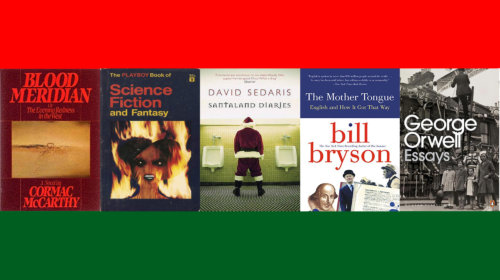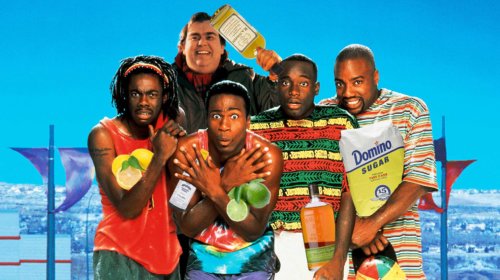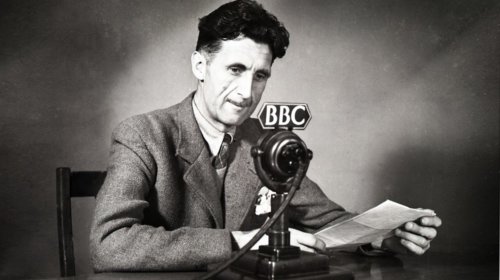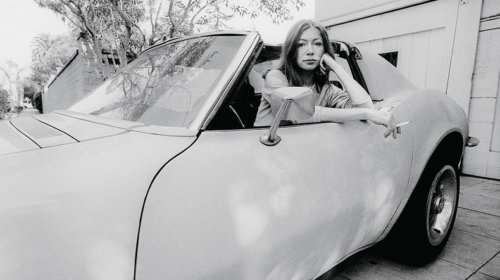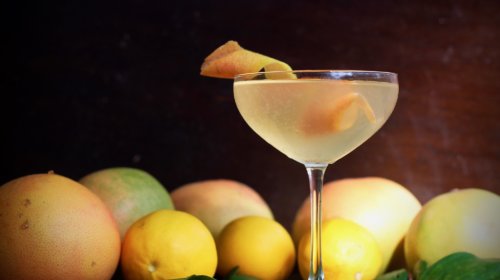Go to a restaurant these days and you’ll quickly realize the overwhelming number of beer choices there are. You have to be a sud-sommelier and have a doctorate in draughts to navigate this dizzying beer world. Go out with some bros for beers and the bartender will hand you a phone book-sized menu of brews — and God forbid you don’t know which one to get. I’m not saying the whole thing is bad or wrong — I’m just saying it’s fucking confusing. And that’s the downside to all the great beers being made: there’s this subculture of assholes who drink them. Instead of inclusion and welcoming all with a clink of the mugs, these guys tend to hold themselves superior because they’ve had fancier beers than you. Weirdos. But somewhere between a hick pounding warm, shitty beer and these pretentious beer snobs lies a beautiful area where you can enjoy some great beers, not spend a ton of money, and maybe learn a thing or two.
Now there are hundreds of different types, so let’s keep things simple. This is What Youth, not Beer Advocate. Within those hundreds of types, there are two main categories that all beers fit into, based on the type of yeast used: lagers and ales. Lets have a look.
LAGERS
Sometimes called fizzy/yellow/shitty beer. That’s unfair and sometimes inaccurate. Lager is German for “to store” — storing them in cold temps with a type of yeast that sinks to the bottom makes the beer more mild and clean. Drink lagers if you like white wine… really clean, mellow flavors.
PALE LAGERS: Hated by beer snobs, loved by Kenny Powers. Because of how they’re made, there’s not a lot of taste variety, but each brand has its fans. Budweiser, Coors, Corona, and Heineken all fall into this category. Perfect for an affordable fix, or hot beach days. If you want to step up, Coors Banquet wins awards and Sessions Lager is all malt.
AMBER LAGER: The blend of malts (aka flavor) has been pumped up and modified for the usual lager, making it darker with fuller body and more robust flavor. Yuengling Lager, Brooklyn Lager and Karl Strauss are great examples of the style.
PILSNER: The most popular beer style in the world because it’s pretty hoppy, easy to drink and light bodied. It’s for everybody. Crisp and bright with a lingering spicy bitterness thanks to the collision of noble hops and pilsner malt. The Czech do it best with Pilsner Urquell while the Germans feature a more subtle bitterness as found in Stiegl Pils. For American versions, check out the hopped up Firestone Pivo Pils and Victory Prima Pils. They rep east coast vs. west coast well.
ALES
Usually considered better than lagers. That’s unfair and sometimes inaccurate. Ale yeast tends to gather at the top and ferment faster. Drink ale if you like red wine… if you like richer and more complex flavors.
PALE ALE: The word “pale” is nearly worthless, because it’s simply there to distinguish it from porters. It’s just ale. These are nice, middle of the road, and balanced well between hops and malt. There are a million different types ranging from piney sap bombs to fruit juice forward beers, and the brewery picks the exact flavors. Sierra Nevada Pale, Dale’s Pale, Fullers London Pride, Saint Archer Pale are standouts for me.
INDIA PALE ALE: Back with the British were imperialists, they realized their troops in India needed beer to properly subdue a whole culture of people. But, India is a long way to ship English pale ale without it spoiling. So they added hops to make it last during the boat journey around the Cape. Besides being great for British soldiers, India Pale Ale is an extra flavorful and fuller version of a pale ale. They’re not for everyone, not beginner beers, and feature the flavors of everything from Cannabis to citrus and pine. Alpine, Stone, and Sculpin all are from San Diego, the hub of IPA’s, and they’re all delicious.
STOUT: The darkest of the dark, these get their crazy depth in flavor from roasting barley. The roasting makes these beers sweet, caramel-like, and extra rich. There’s also Porter, which is pretty much stout because a lot of the flavor comes from barley, but where stouts have roasted barley, porters do not. They are dark and sweet, sometimes bordering on bitter. Coconut Porter from Maui Brewing is fabulous, and Founders Breakfast stout is great. Stone Smoked Porter is unique with its light smokiness whereas Old Rasputin Stout is anything but, with a huge sweetness clocking in at 9 percent.
BROWN ALE: Clearly, brown in color. They are from Northern England. Drink them on cold foggy evenings if you like strong, nutty, and lightly hopped flavors. Alesmith Nut Brown is the best ever, and Newcastle is everywhere and so easy to drink.
WHEAT BEER: When wheat and the top-fermenting process of ales collide, beautiful golden magic happens. These beers are often cloudy and are often left unfiltered, with some yeast sediment in the bottle. Wheat beers come down to the yeast, which can create complicated fruity flavors like bananas, coriander, and pepper. Hefeweizen is to Germany what Witbiers are to Belgium, two different beers, each representing their respective countries. Hefe’s, sometimes served with a lemon (to cut through the yeast forward flavor), are full of banana, bubblegum and clove while Wits have more spice consisting of coriander and orange peel. True German Hefe’s like Franziskaner and Weihenstephaner are perfect examples of the style. Hoegaarden Belgian White is the traditional Belgian Wit, then there are amazing American examples like Allagash White and Saint Archer White, which is full of whole naval oranges.
Words by Paul Brewer.

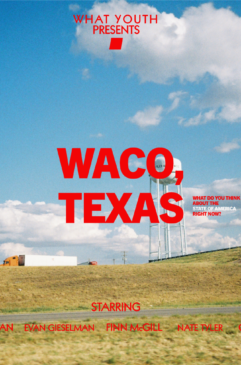


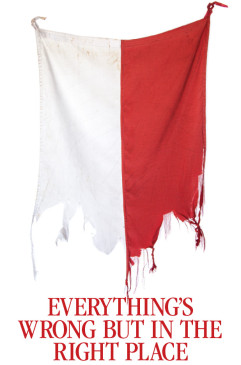
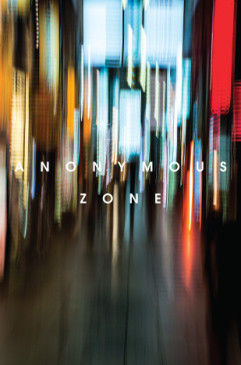
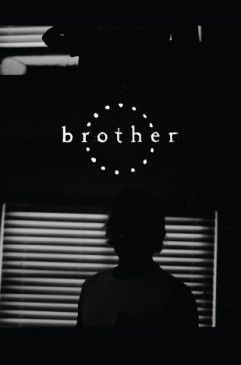
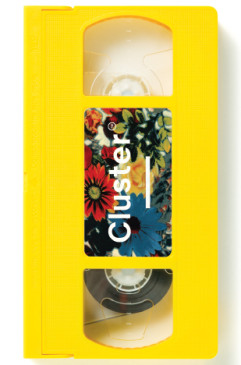

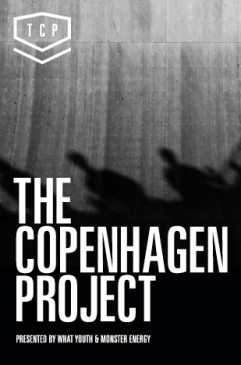
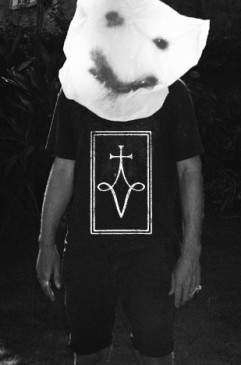
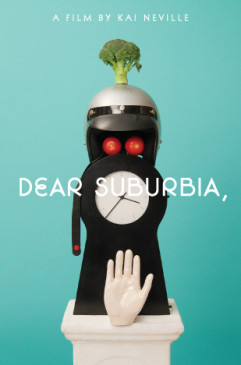
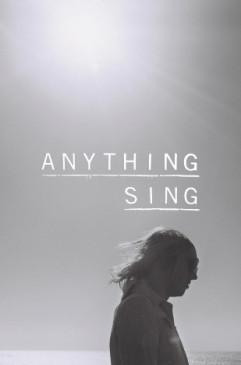




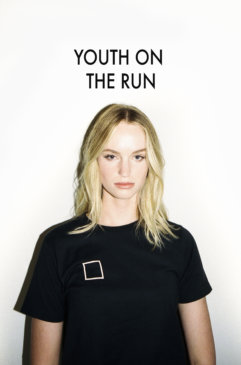
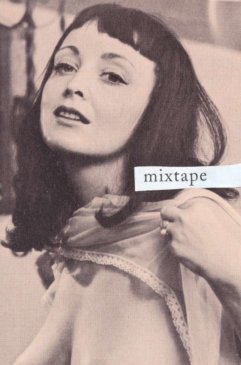





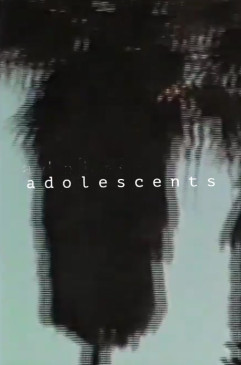

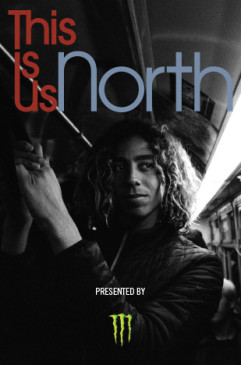







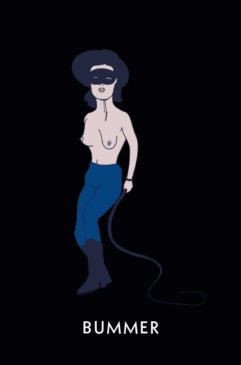













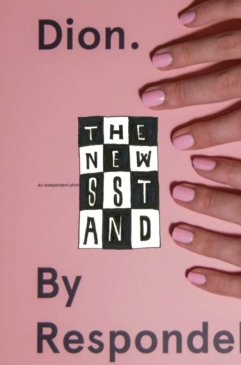
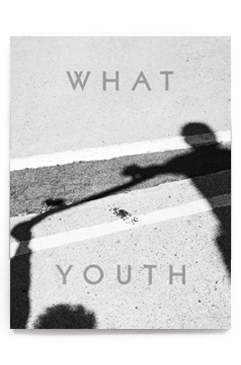
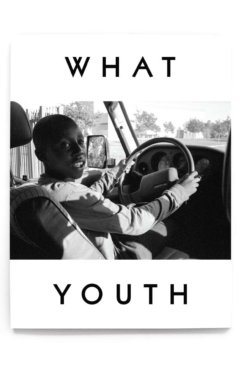
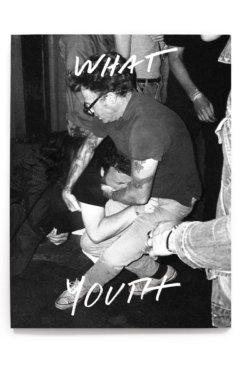
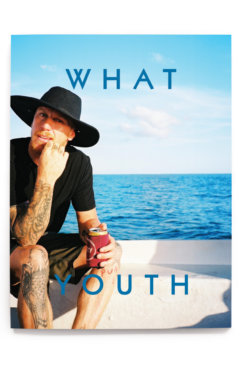
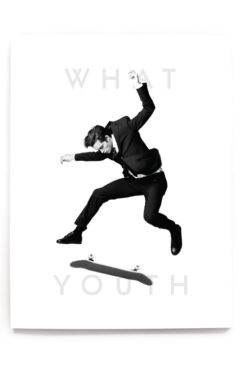
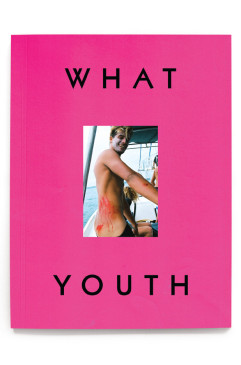
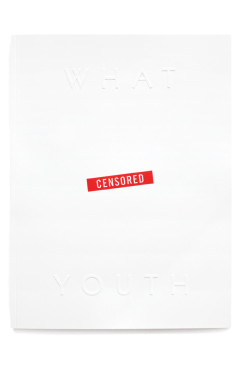
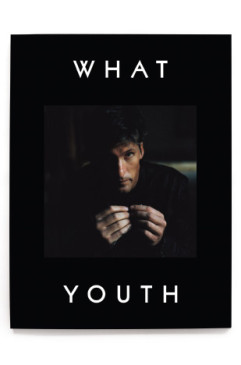
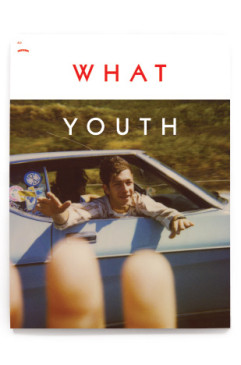
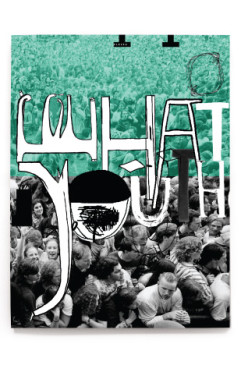
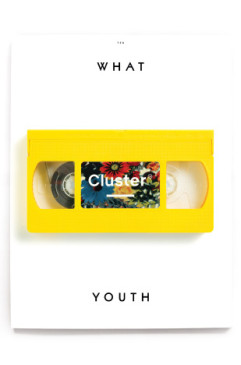
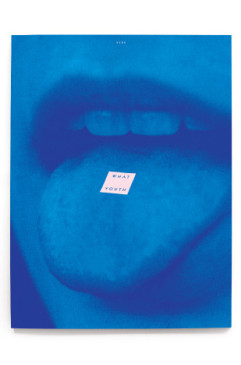
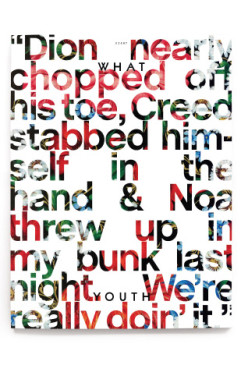

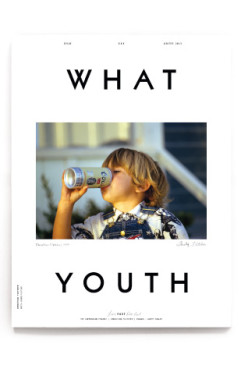
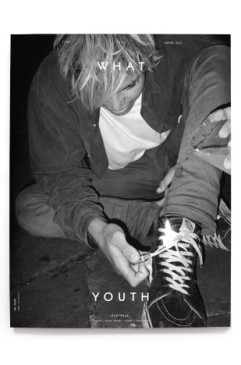
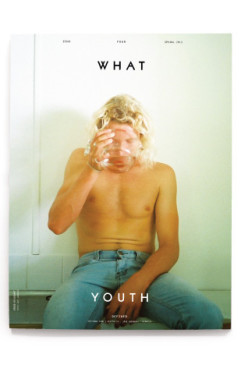
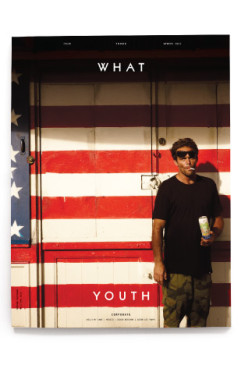
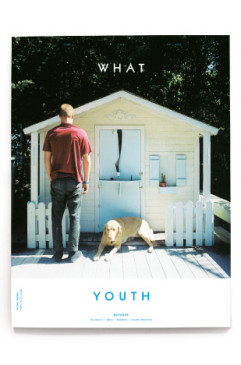
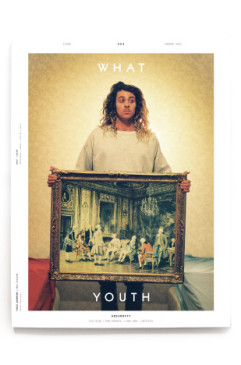
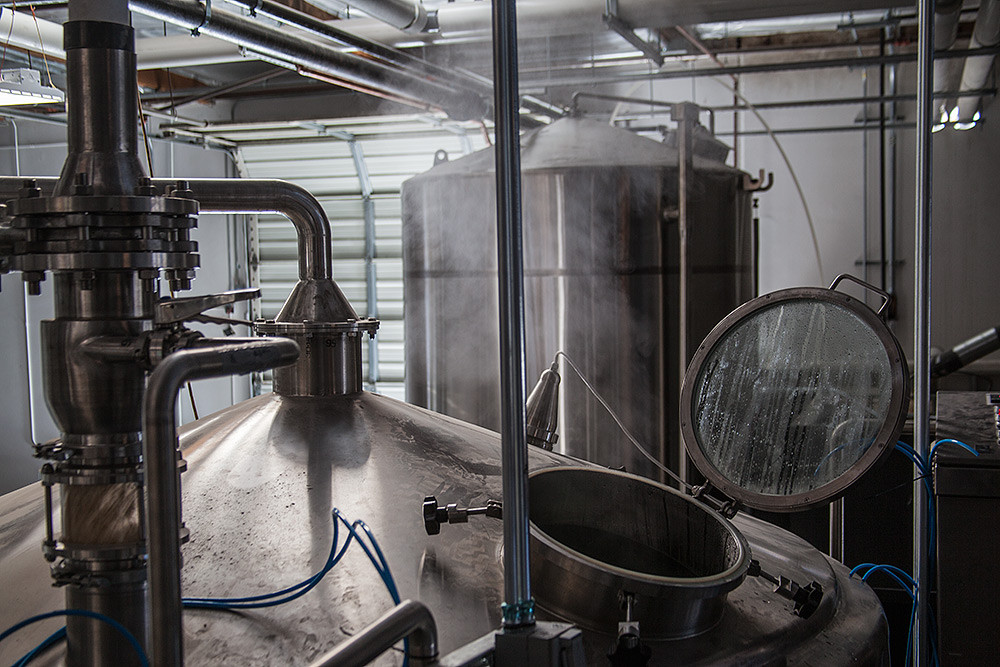
 NXT
NXT 
